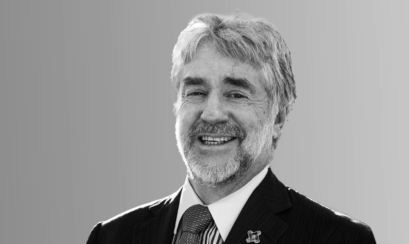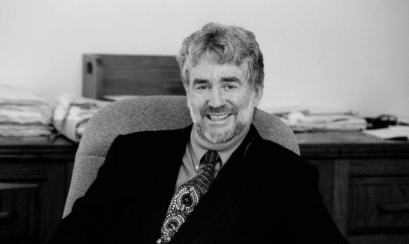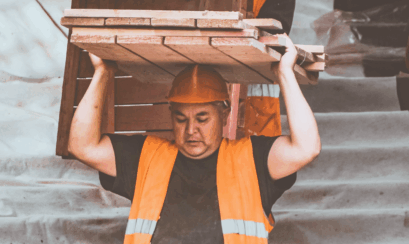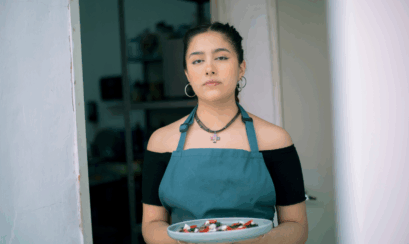Bankruptcy a formal option to provide relief from creditors
I am drowning in debt. I can’t possibly meet all the bills that have piled up. My business was hit by Covid lockdowns, then the high cost of materials and I can’t continue.
If I declare I am bankrupt, will that solve my problems? Will my debts be wiped? Does my tax bill disappear? Do I lose my home, my car, my work tools, all my investments and savings?
As a bankrupt, can I put all those debts behind me and just start again with a clean slate? Surely it’s a simple matter to tell the Australian Financial Security Authority I can’t pay my bills, so they list me as bankrupt.
If you are unable to pay your debts and things are just getting worse, bankruptcy may be one formal option to provide relief from creditors and help manage your debts. But be warned – there will be some serious consequences.
What are the consequences of becoming bankrupt?
Going into bankruptcy is not simply a device to avoid paying your bills, as it can hang over you for a very long time and affect any future business ventures, certain professional licences, credit ratings, obtaining loans, renting property and getting a job.
You may also be barred from travelling overseas. (Please see Consequences of bankruptcy, Australian Financial Security Authority.)
It’s essential to get legal and financial advice before considering such a move. In 2023 the number of personal insolvencies including bankruptcies registered with AFSA rose 20 per cent, to 44,000 people owing a total of $14.3 billion.
What happens if I become bankrupt?
If you become bankrupt, a bankruptcy trustee takes control of your property and finances. This does put a halt to legal action being taken against you by those you owe money to, including the tax office.
The Bankruptcy Act 1966 provides the framework that allows people in severe financial trouble to discharge their unmanageable debts. (Please see Bankruptcy, Attorney-General’s Department.)
Many of your debts, including tax debts, will no longer need to be paid immediately. However court fines, council rates, HECS debts and child support must still be paid. (Please see What happens to my debts? – Australian Financial Security Authority.)
Bankruptcy usually lasts three years and one day, but can be extended up to eight years. It is on the public record. Your assets, such as investments, may be sold to pay your debts.
Your savings and income will be used to pay debts, leaving just enough to live on. This amount increases with the number of dependents you have.
How much debt must I have before I am made bankrupt?
In order for you to be forced into bankruptcy, your debt must be over $10,000. The path to forced bankruptcy may begin with you receiving a statement of claim from a creditor, a bankruptcy notice or a creditor’s petition.
Get legal advice before replying, as being made a bankrupt can result in money being taken from your bank account and your income to pay your debts, which may leave you barely enough to live on. (Please see Bankruptcy, business.gov.au.)
Disclosure of assets, income and travel plans to bankruptcy trustee
It is a crime to hide property or income from the trustee, go overseas without the trustee’s permission or take out credit without disclosing that you are bankrupt.
It is also an offence if, in the two years before becoming bankrupt, you were involved in gambling or hazardous speculation, or borrowed money when it was clear you could not pay it back.














